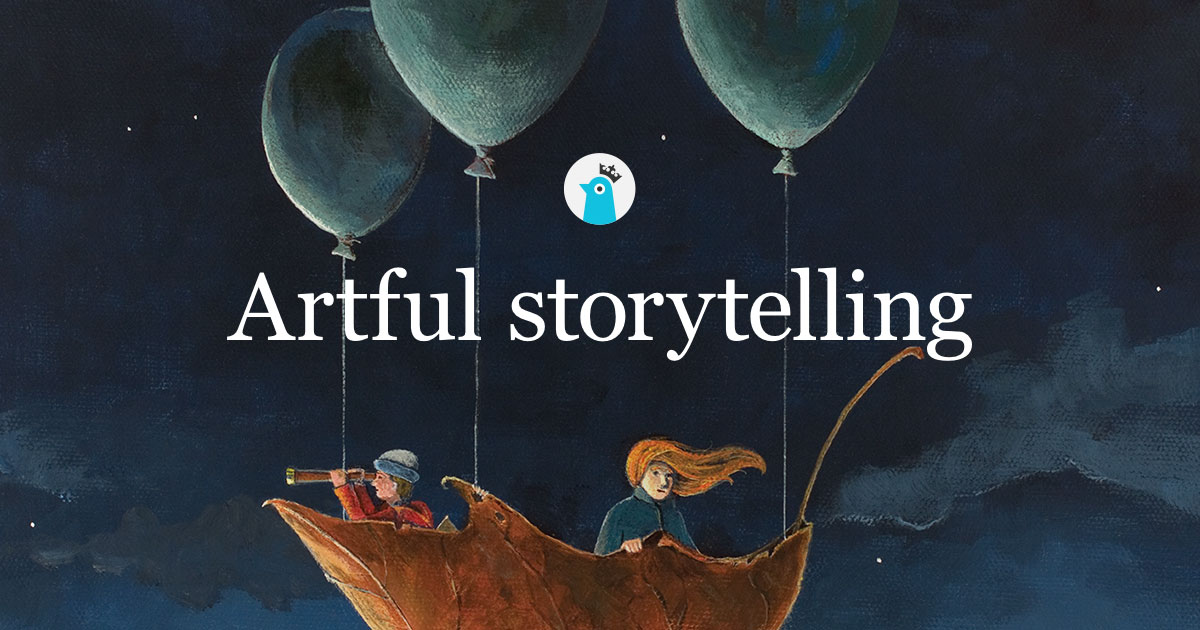The textbook is slammed full of valuable information that would have been super hard to absorb if it wasn't for the blog post assignments.
For the discussions, I enjoyed those as well. I like being able to read posts from my fellow classmates because they are very intelligent. It sounded like, most of the time, they paid close attention to whatever content we were supposed to be going over. I even learned some things from my peers that I did not read in the book or find online. They were are very supportive and kind; always providing constructive criticism. In the weeks we did not have a blog post, the discussions filled the gap that would have been there otherwise. While the pretty graphics of the blog posts was fun, its also beneficial to know how to speak to peers in a respectful, educational way and that is definitely one thing that I think all of us benefited from.
As for the other activities, I enjoyed working in the groups. It was a little difficult communicating due to opposing schedules, but eventually we wrapped everything up pretty nicely. I think it is important to learn how to work with your peers on such things, because even when we all reach the teaching field, we are going to need to learn how to work with other teachers that may be teaching the same subject, so that way we are all on the same page. My favorite assignment HAD to be the ePortfolio, which was done using Weebly!
It was so much fun being able to create a whole website from scratch and it was so incredible how she had us include our own assignments we have done! It was easily the most interesting and, in my opinion, the most informative assignment we've had. I totally think that should remain an assignment for this course because it is a wonderful way to reach out to your future students and parents; if not, it will always be an incredible reference point.
Reading back over the syllabus, I think Professor Coleman spelled out pretty clearly what she expected and how she expected it; she listed each assignment we were expected to do and the criteria that was requested we'd meet. It was almost impossible to fail this course because of how helpful the professor was. Questions were always answered by here, very promptly might I add, or if for whatever reason she was unavailable, the syllabus laid everything out as clear as day. The part of the syllabus I am referencing is the "Assessment Details." Literally every assignment is spelled out for us to ensure success. The information provided in the modules was also amazingly helpful. I honestly had no clue how to hyperlink a word instead of the actual link itself, and might I add...my assignments looked significantly better once I figured it out.
In this course, I also learned how to cite APA style. Amazingly, this was my first class that called for APA citation; every other professor I've had requires MLA, so it was nice to stray from the norm.
I say this with the utmost confidence, I will be using most of the information I have gathered in this course, for my future students. It is so hard, I think, to educate, as well as entertain, students because of their daily stimulus intake and that is EXACTLY what this course helps with: Helping future teachers learn to adapt to the changes in technology. I have to say I thoroughly enjoyed this course!
Thanks for everything, Professor Coleman!
Resources:
- Boldly (Director). (2014, May 06). Why You Should Thank A Teacher Today [Video file]. Retrieved April 28, 2017, from https://www.youtube.com/watch?v=L2LNK2MW_xQ
- Miss B's ESL. (2016, January 21). Storybird-Artful Story Telling. Retrieved April 28, 2017, from https://missbesl.wordpress.com/2016/01/21/storybird-artful-storytelling/
- Rodneymmgame. (2013, April 26). Wordpress (publisher). Weebly 4 All: an awesome website builder. Retrieved April 28, 2017, from https://weebly4all.wordpress.com/2013/04/26/build-your-own-website-for-free/

